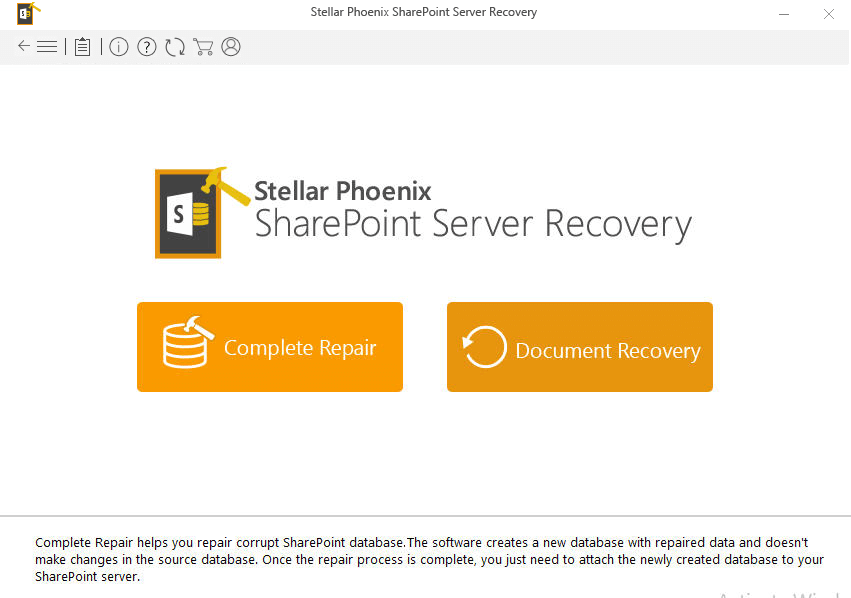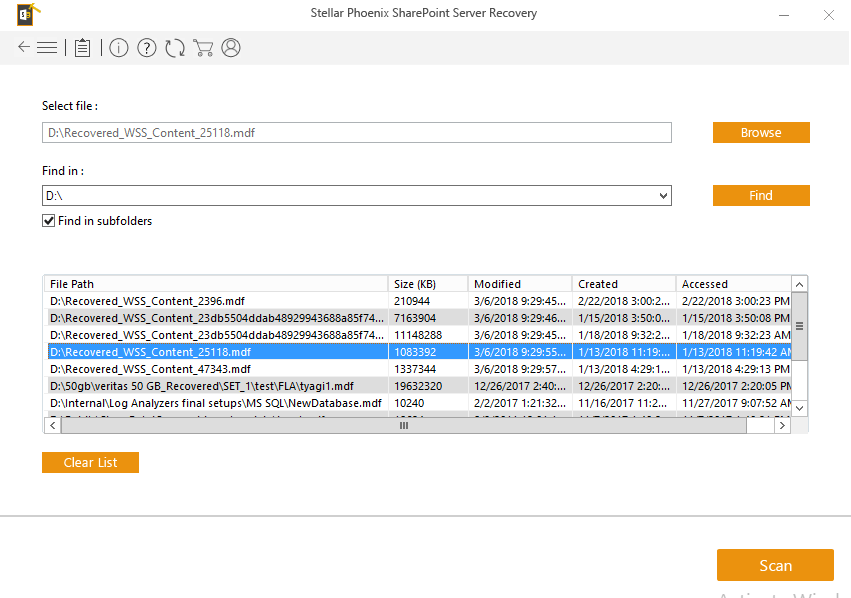[SOLVED] How to Fix SharePoint 2010 Search Not Working?
Are you the one struggling with the SharePoint 2010 search not working, wondering how to fix search stopped working issues in SharePoint 2010 then this article is for you.
SharePoint 2010 is excellent than ever before. Organization search for SharePoint 2010 have all features and function of MOSS 2007 Search, like richer navigation, people search, but it goes beyond with enhancement and related search capabilities. After Microsoft get hold of FAST and implement this to SharePoint, it then offers a separate add-on to SharePoint for those keen to put in high-end organization search.
While the search engine is very important in SharePoint adoption, there are many scenarios where users reported they could not find the predictable results from the search engine.
So, in this blog, you will learn about one scenario related to the search results and its solution so that you can resolve SharePoint 2010 search not working quickly.
Practical Scenario:
Working in an environment where the administrator maintains dedicated SharePoint environments ranging in size from one server to thousands of servers may result in several issues. One of the latest issues is that your search engine on a SharePoint does not work. In such a case, you will notice that whatever you search for the result you get will be “We did not find any result for the keyword you searched”. In some worst cases, you could also expect that the search is not able to access the DBs. In this case, the search will not work and you may get the following recognized message:
The search service is currently offline. Visit the Services on Server page in SharePoint Central Administration to verify whether the service is enabled. This might also be because an indexer move is in progress.
At such a point of time, you may look and try some of the normal methods to fix the issue. Like stopping and starting the SharePoint admin service, stopping and starting the office search service, checking the index account for making sure that it had been locked out or you may even try to recreate the SSP but still you are not able to fix the problem.
When such a problem occurs then you might get the below familiar error message too that defines that your SharePoint search has stopped working:
- Event Type: Error
- Event Source: Office Server Search
- Event Category: Gatherer “cannot be crawled.
- Event ID: 2436
- Description: Application ‘Search index file on the search server’, Catalog ‘Search’ or Error backing up registry hive to the configuration database.
- Details: Access is denied. Verify that either the Default Content Access Account has access to this repository, or add a crawl rule to crawl this repository. If the repository being crawled is a SharePoint repository, verify that the account you are using has “Full Read” permissions on the SharePoint Web Application being crawled. (0x80041205)” or Registry backup failed because of a version mismatch. (0x8004122b)
Now learn how to fix the SharePoint 2010 issue:
How to Fix SharePoint 2010 Search not Working?
To fix the issue you may have tried the normal methods which I have mentioned above, but still, if it does not solve the issue then you must configure the root cause for the problem.
The root cause may be to the SharePoint SSP database, particularly registry Blob may have corrupted. So to fix the problem you can try the below methods:
Solution 1 – Delete From dbo.MSSConfiguration where Name = N’RegistryBlob’
You must recycle time and office search services. Hence it will recreate the appropriate entry. After that, you will be able to provision the search service in SharePoint as normal. Before applying this method please backup everything and do this at your own risk.
Solution 2 – Configure Your Indexing Job
First, install the system that you try to configure the indexing job.
- Move to CA > Service Applications > Search.
- Here to the Content Sources, you will see a link. Try editing it as this will give you chance to set up a schedule for Full and Incremental indexing.
- Now you can remove a full crawl and as it is completed you can have results if everything is configured correctly.
Hope this works for you to fix SharePoint 2010 search not working problem, but if still facing the error then try the below-given steps:
Go to the Central Administration > Manage Service Applications, here provide a valid domainuser account as an administrator in the User Profile Service Application.
And check if the issue is resolved or not.
Best & Easy Solutions to Fix SharePoint 2010 Search Not Working Issue
I hope the given solutions work for you to fix SharePoint 2010 search not working issue but if in case you are still facing the error or looking for an easy solution to fix it automatically then run the SharePoint Repair Tool.
This is an advanced tool that helps you too safely repairs SharePoint databases or SQL Server files. This is an advanced tool that just by scanning once detect and fix the SQL server errors. It not only repairs the files but also recovers entire crucial information stored on your SharePoint Server.
This tool also allows the user to retrieve the SharePoint database like tables, documents, labels, etc. this software is incorporated with a simple and rich graphical user interface to offer easy SharePoint recovery.

Steps to Run the SharePoint Repair Tool
- Firstly, download, install and launch the SharePoint Recovery Tool.
- The interface screen displays two options to recover SharePoint data: ‘Complete Repair‘ and ‘Document Recovery‘. Select as per your requirement.

- If you choose ‘Complete Repair‘, the screen will show the options for selecting and searching SQL Server (.MDF) files. Click on ‘Browse‘ to select a SharePoint database for repair.
- If you do not know the actual path of the database which you want to repair, click on the ‘Find‘ to locate the MDF file in a specific drive.
- After selecting the desired file initiate the scanning process.

- After finishing the scan, the software would generate a tree of all SharePoint database tables and will display it in the left pane. You can select the table in the tree and can have the entire preview in the right pane. Then click on ‘Repair‘ to begin repairing for the selected database.
- After clicking on ‘Repair‘, this dialog box will appear. Specify the SQL Server name or Instance name and the desired destination path.
- Click on the ‘Browse‘ option to choose the destination path. And select the ‘OK‘ button.
- Once this process gets completed, you would find a dialog box that displays this message ‘Recovered file saved at the desired location.” This shows that Recovery Process has successfully completed’.
- Select the ‘OK‘ button.
- You would find another dialog box that asks whether you want to attach the repaired database to the web application. If you click on the ‘Yes‘ button, the above dialog box will be displayed.
- In the web application type URL, the name of the corrupt database and SQL Server Instance name.
- Then select the ‘OK‘ button and proceed.
- When the process gets finished, you would be able to access the repaired database by opening the web application.

Conclusion
So, here my work is done. I hope the solutions given works for you to fix the irritating SharePoint 2010 search not working problem.
I tried to list down the possible solutions to fix SharePoint 2010 search service not working problem. Make sure to follow the solutions given carefully to avoid further corruption.
Hope the article works for you. But if not then feel free to try the SharePoint Repair Tool.
If you have any other queries or suggestions, then share it with us on Facebook and Twitter. Also, if you like this article, then share it with the users going through the same issue.


Jacob Martin is a technology enthusiast having experience of more than 4 years with great interest in database administration. He is expertise in related subjects like SQL database, Access, Oracle & others. Jacob has Master of Science (M.S) degree from the University of Dallas. He loves to write and provide solutions to people on database repair. Apart from this, he also loves to visit different countries in free time.
